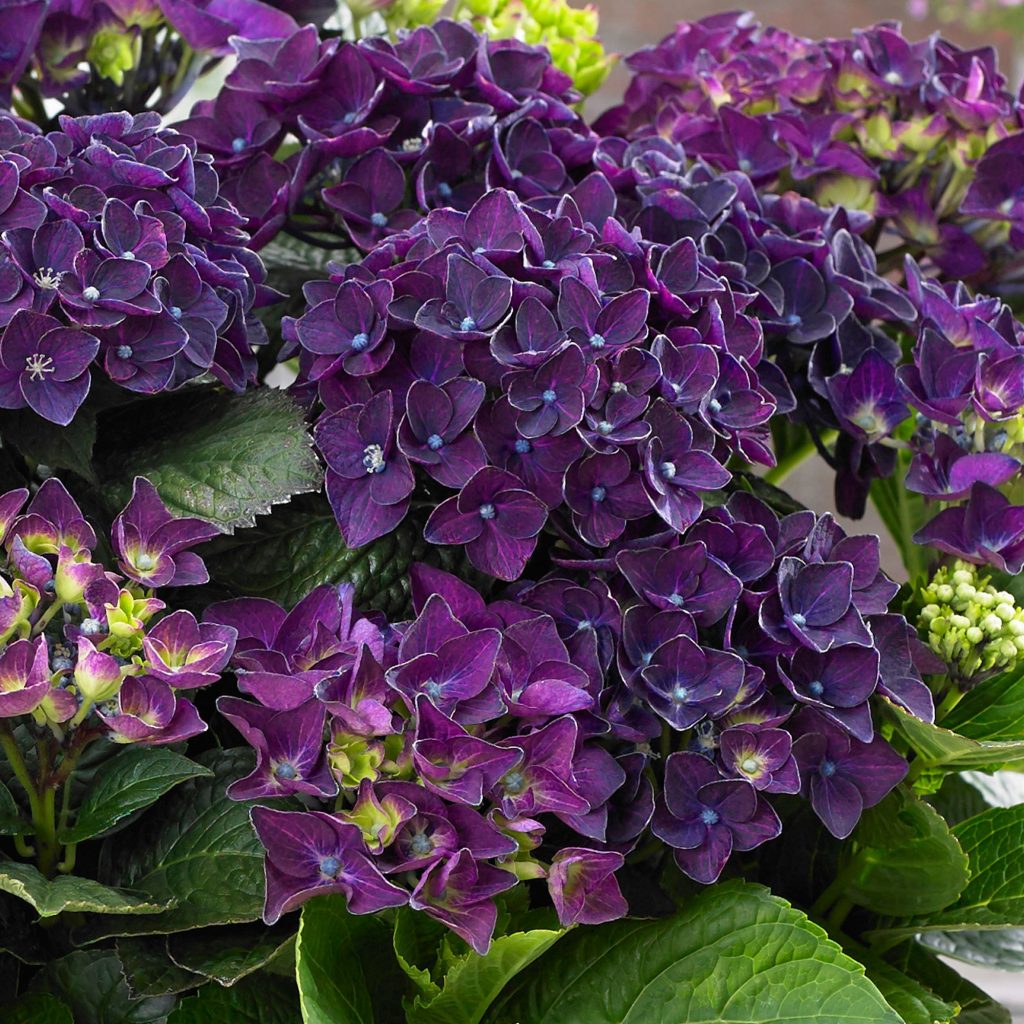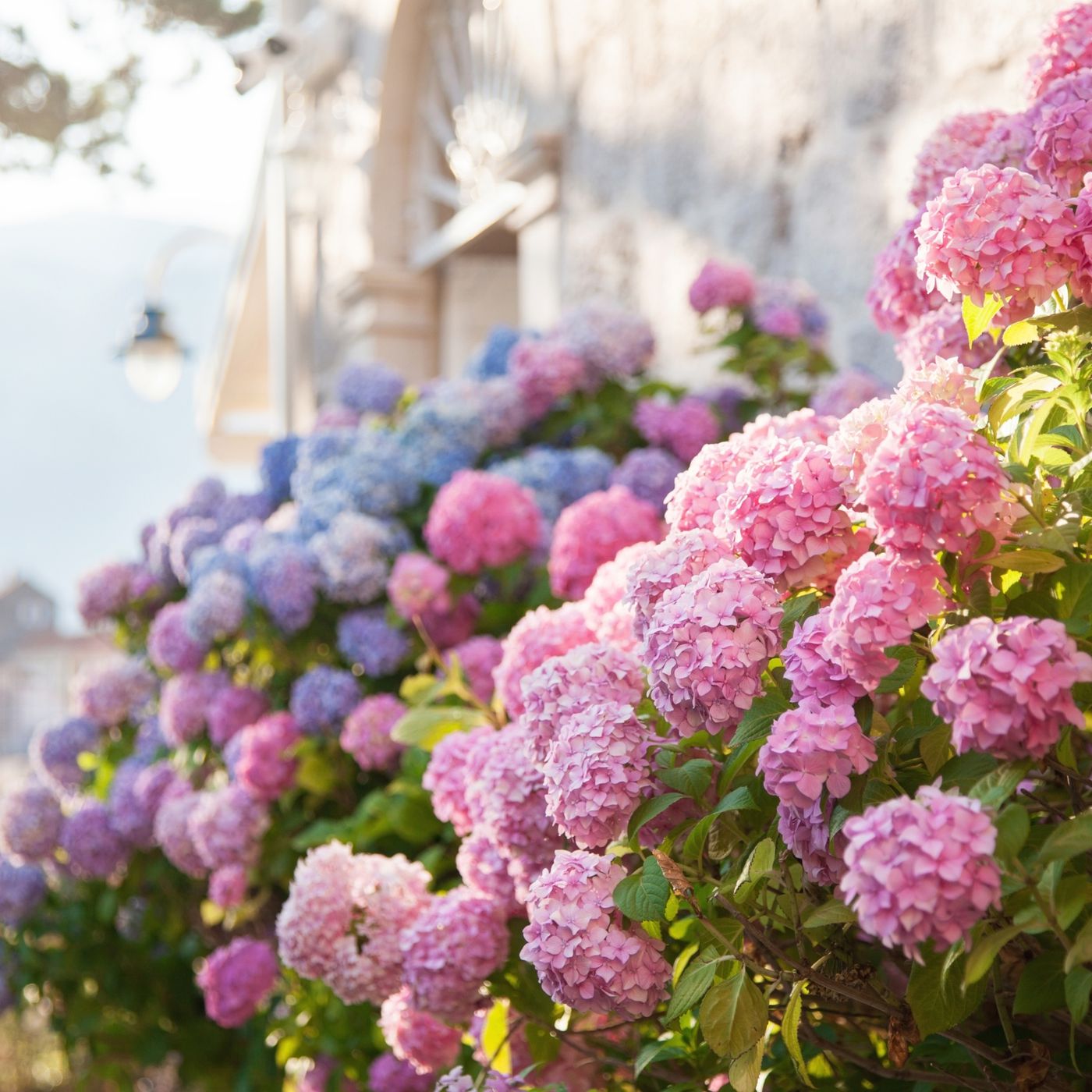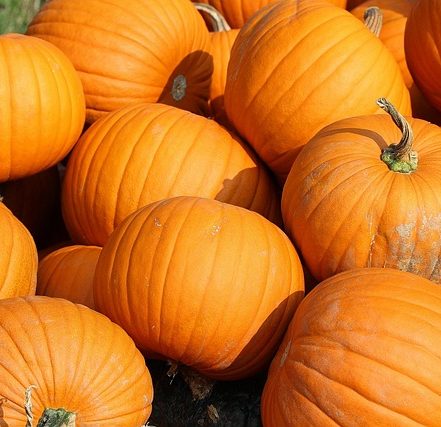With big flower heads in beautiful colours, hydrangeas have a charm that’s hard to resist. While these flowering shrubs are low-maintenance, proper care will keep them blooming. They are not fussy about soil types and most, including the climbing Hydrangea, will grow in partial shade.
Let us help you get started with this summertime classic.
When and where to plant
Plant your shrubby hydrangea soon after purchase. The best time to plant is in spring or autumn. Containerised plants can be planted all year round as long as the soil is not frozen, too wet, or excessively dry in summer (but you can water them well if you really want to plant them then).
Hydrangea are a woodland plant with a preference for moist but well-drained soil with some sun and dappled shade or semishade. As a woodland plant, Hydrangea will thrive in the cooler part of the garden and is best planted away from the hot afternoon sun.
Having decided where to plant your Hydrangea, dig a hole at least 3 times the size of the root ball and deep enough so the level of the compost in its container is at soil level. Hydrangea should not be planted too deep, keep the level the same and water the hole well before planting. Hydrangea do not thrive on dry soil and will benefit from a mulch to retain moisture. Make sure the shrub is firmed in and well watered.
Growing Hydrangea in containers
Hydrangea are not ideal for growing in containers because they can get large, and their roots quickly expand into the container. In addition, Hydrangea do not do well when grow in dry soil or dry out. All plants grown in containers are at risk of drying out because of the relatively small growing area.
Whilst many Hydrangeas do get large, new varieties are being developed all the time and there are now many smaller patio varieties which would be more suitable for growing in a container. If space is a premium Hydrangea can be container grown, most important is to plant into a large container and that it is placed out of the hot sun and kept well watered.
Pruning Hydrangea
Pruning depends on variety and flowering season. If not pruned regularly the plants can become drawn and straggly. It is best to leave pruning of late flowering forms until the spring, so that the old growth provides some frost protection. On many varieties it is possible to cut the whole shrub down to ground level, if necessary.
More information
For more information and our full range of beautiful Hydrangeas, please visit us in store where our expert outdoor plant team will help you with all your questions.




